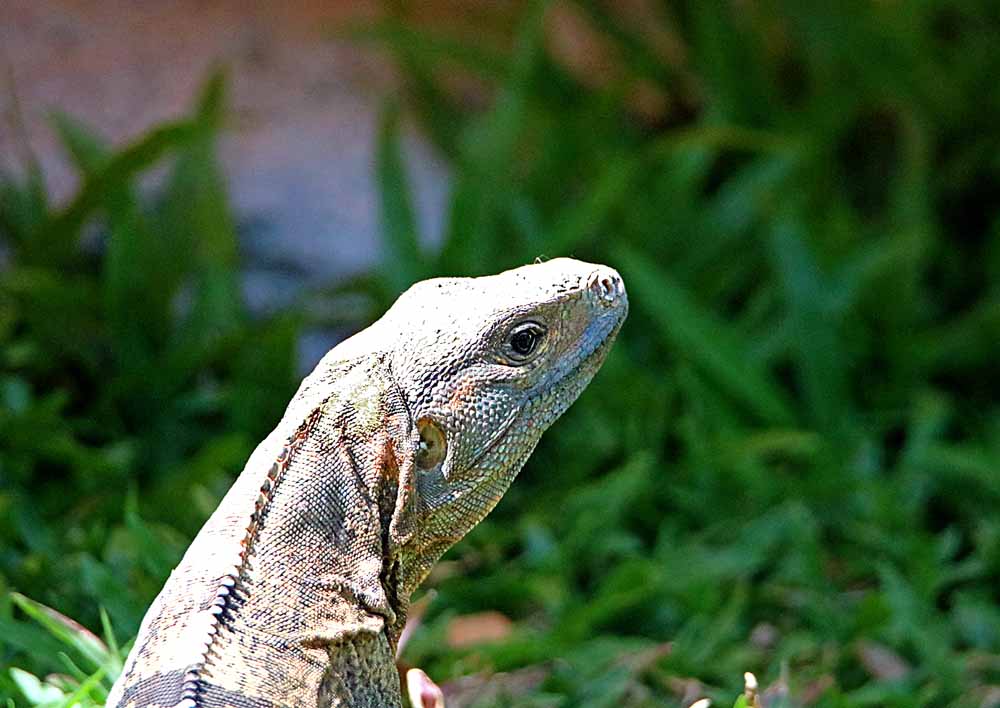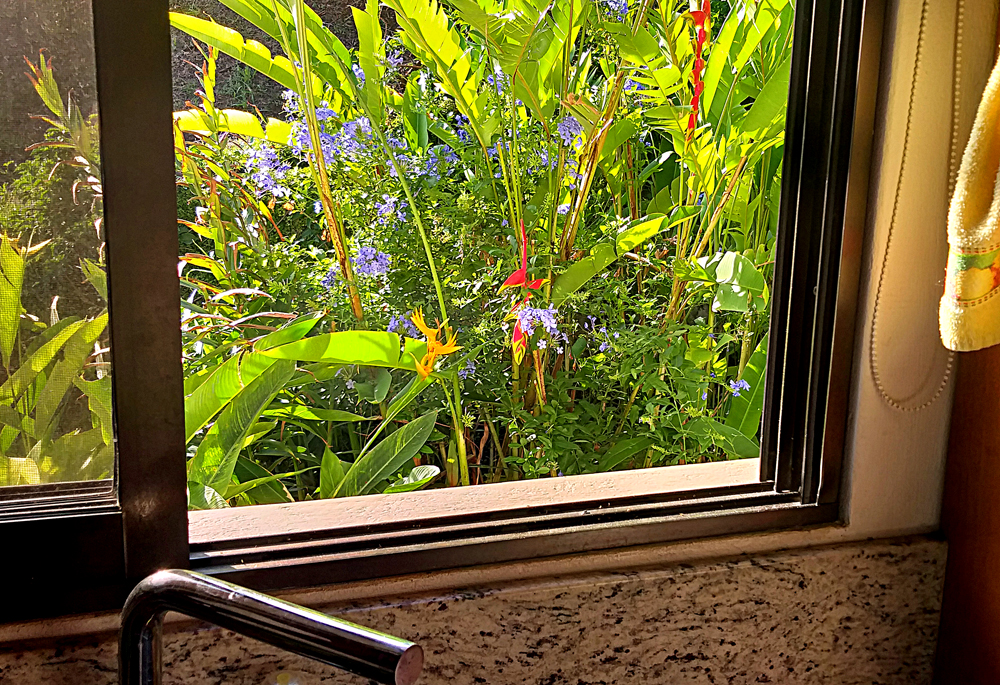
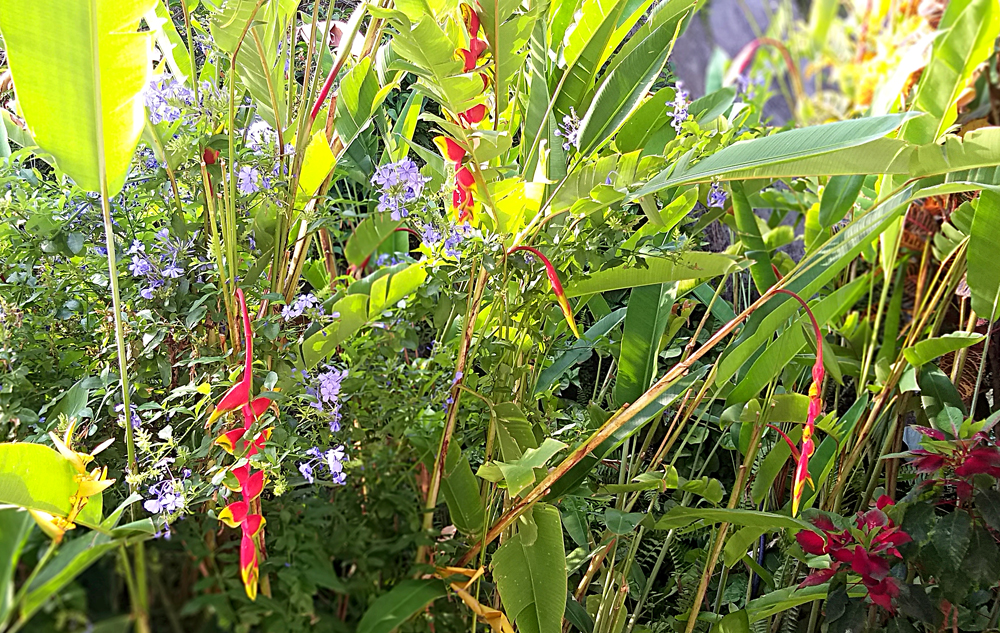
See more in My Home Garden GALLERY.
¡Pura Vida!


See more in My Home Garden GALLERY.
¡Pura Vida!
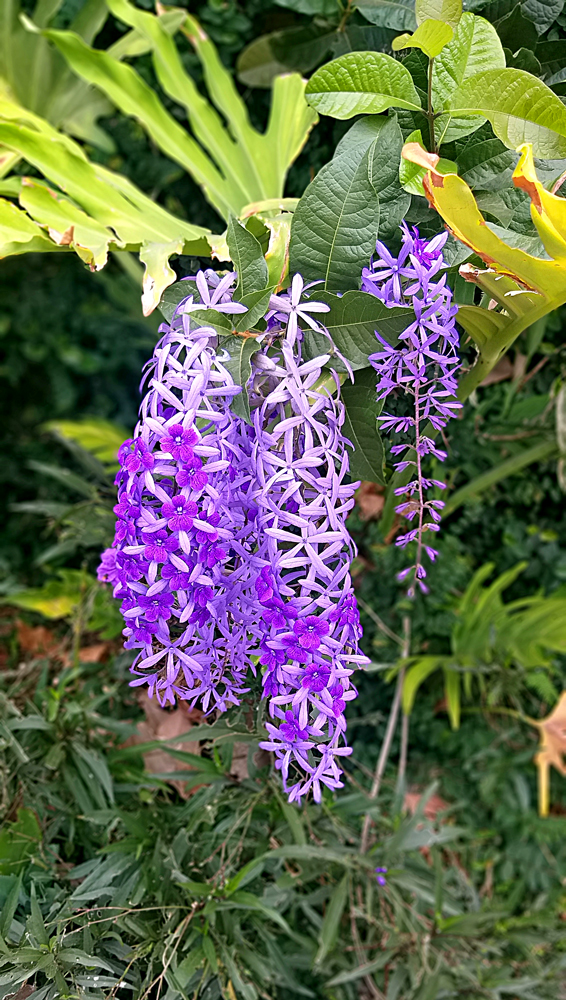
The Petrea volubilis , Machiguá or Flor de Santa Lucía (Wikipedia link) is a tropical evergreen vine found in Mexico and Central America. And it is just one more of many exoctic flowers I’ve discovered on my walks to town, popping up in some neighbor’s garden! Some, like this, take a bit of searching on the internet to identify, but rewarding to do so. Then I ask my gardener for one and he says, “What!?” 🙂
This tropical vine in the verbena family is further described by the North Carolina Extension Gardener. And interestingly by the Singapore National Parks. They also use the common names of: Sandpaper Vine, Queen’s Wreath, and Purple Wreath. Fun to see, but most of these exoctics I never get to grow. 🙂
¡Pura Vida!
Since around the first of the year I have been using the sound identification feature of my Merlin phone app to identify birds. For years I only used it to identify birds by photograph. I was slow to adapt to the new sound recording ability, always hesitant to add new technology, like the old man that I am! 🙂 But when I did, I was so surprised at how easy it was to punch a button and record singing birds, usually many at at the same time! With it identifying each one and highlighting the ones singing at that moment! While at Carara Park a week or so ago I heard almost 3 times as many as I photographed! But I still prefer photos! 🙂
So while preparing my breakfast the other morning I turned it on and in 10 minutes it recorded 13 different species singing around my house! Including 2 Trogons! (Black-headed & Gartered). So I took my camera with me to the terrace to eat breakfast and hopefully see and photograph some of those 13. I got useable photos of only one! 🙂
It was the Yellow-green Vireo, Vireo flavoviridis (eBird link) shown by eBird to appear from the southern edges of the USA to the northern edges of South America, so in other words, mostly a Central American! 🙂 Here’s 3 shots from my terrace the other morning while drinking coffee after breakfast. And to be fair, I did see 2 others of those 13 recorded, but did not get useable photos of the Clay-colored Thrush or the Blue-gray Tanager (their back sides). And you can see other photos of this one in my Yellow-green Vireo Gallery which I’ve seen only 2 other times here in Atenas and nowhere else. Now here’s 3 shots from the other morning, including one of him/her singing . . .
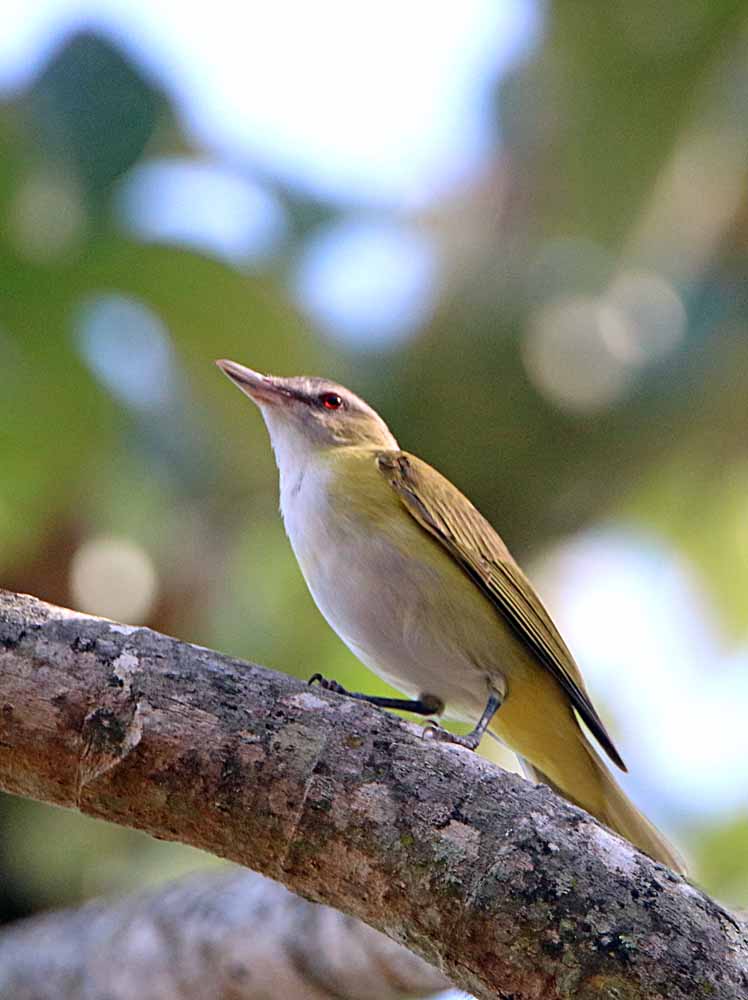
The bud of this particular heliconia is almost like a different flower from the fully opened Heliconia and it is one of my favorite. Plus the edge of a Plumbago behind it just adds a hint of contrast to accentuate the brilliant colors.
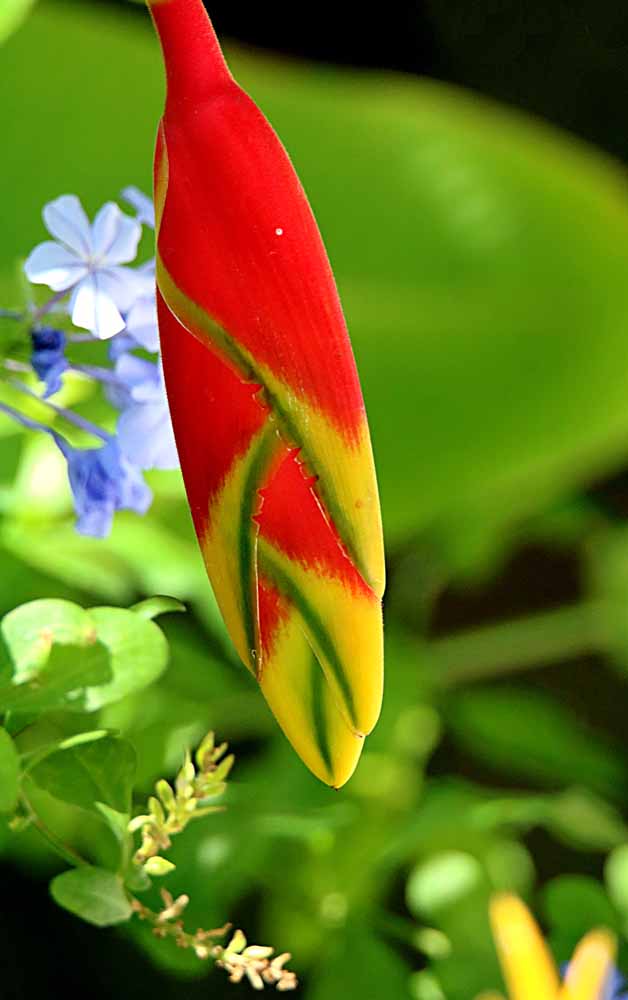
¡Pura Vida!
And notice that one of the computer-generated “Related” blog posts featured below has the fully bloomed Heliconia, also with a Plumbago contrasting it! 🙂 Or see My Garden Gallery photos.
It’s April 1 in Costa Rica and the Yigüirro or Clay-colored Thrush are “singing in the rain” says tradition, meaning that next month begins our rainy season or our “winter” (invierno) and it is not only the greener and fresher time of year for me, but the time (May-November) that I see more butterflies, at least at my house in the Central Valley. And this Banded Peacock is one of the regulars here. Here’s an early one who looks a little weathered and I would think that is because of all the wind we’ve had since December. But windless rain is coming along with a lot more butterflies when we experience a “winter” that is more like Spring in the north! 🙂
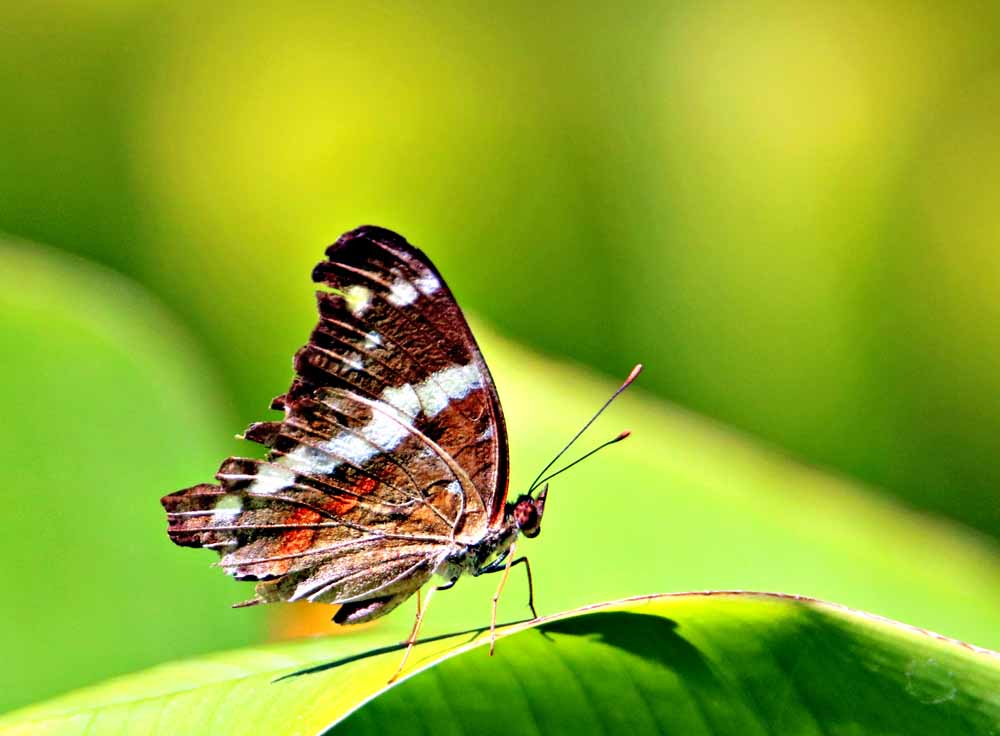
See more of these in my Banded Peacock Gallery.
¡Pura Vida!
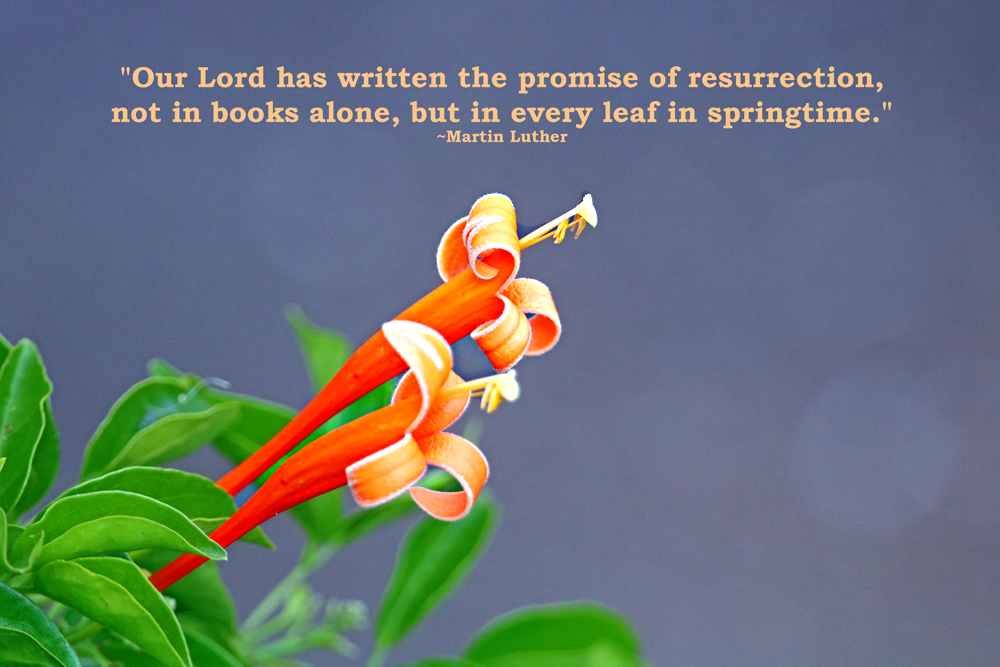
¡Pura Vida!
It has been a similar problem with other photographs: MORNING SHADOWS in the trees. This original photo was more of a silhouette and of course the English name describes the bird accurately as “Clay-colored Thrush,” while my effort to remove the shadows left him more “electric blue.” 🙂
This is one bird that I prefer the Spanish name for, Yigüirro! I love just saying it and it’s not long until in April and May when he will be singing in the rains for the beginning of our rainy season! I can’t wait! I prefer the rainy (green) season! 🙂
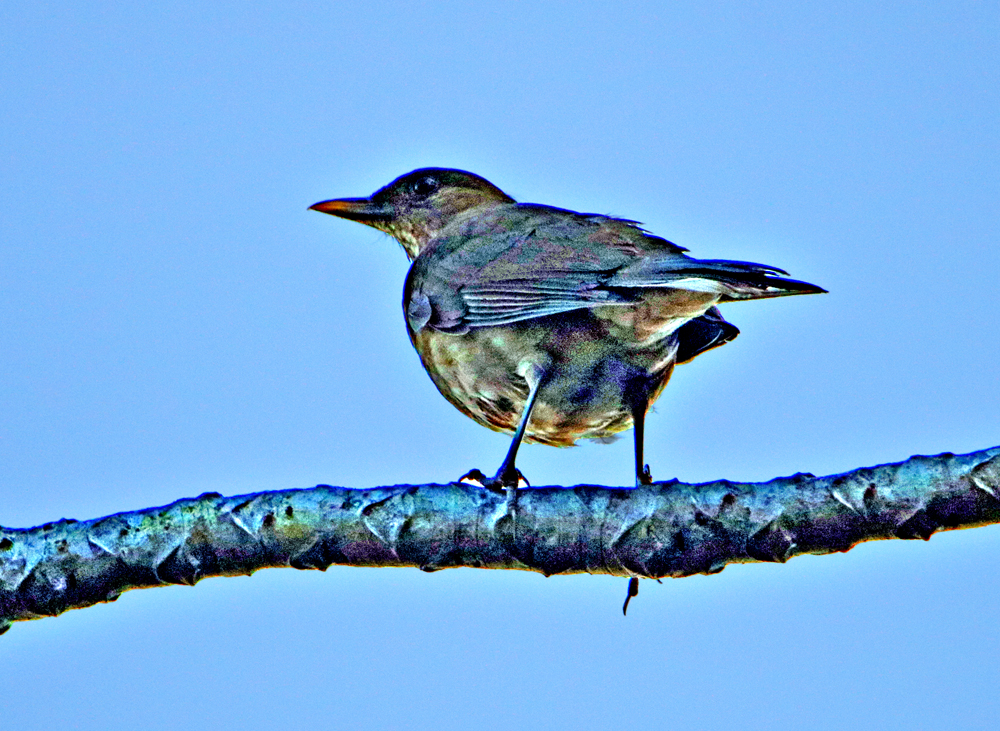
See what they really look like in my Clay-colored Thrush Gallery!
¡Pura Vida!
I have several insect books but none come close to including all the thousands of species here in Costa Rica and this one seen in my garden the other day is now number 40-something in my Unidentified Insects Gallery! 🙂
As always with any photo labeled “unidentified,” I welcome the help of any reader or visitor to my galleries. Just use the “Contact” button on the menu of this blog website or on my Gallery website also. It is frustrating to me to have photos without the proper identification.
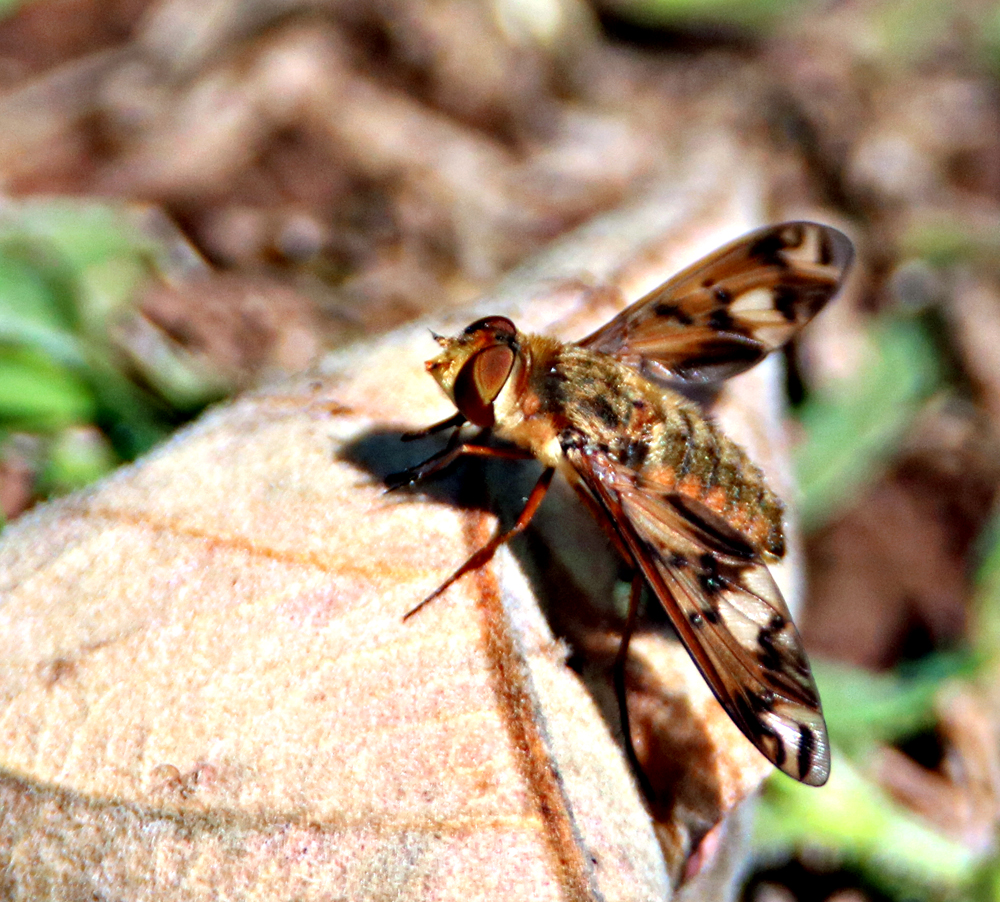
¡Pura Vida!
Two were photographed at Villa Lapas and one in the Carara Park, but both are a part of the same transitional rainforest in the lowlands of Rio Tarcoles, along the Pacific Coast, just an hour’s drive from where I live in Atenas.
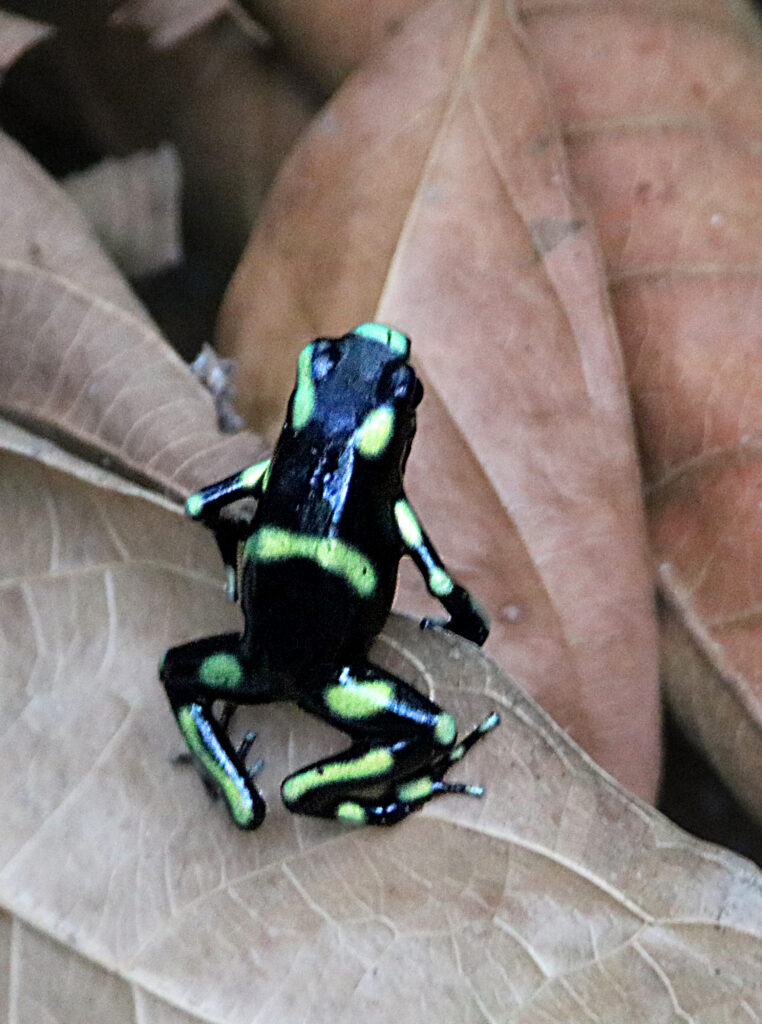
Without a doubt, the most frequently seen wildlife at Hotel Villa Lapas in Tarcoles was the Black Spiny-tailed Iguana, Ctenosaura similis (Wikipedia link) that lives only on the Pacific Slopes of Costa Rica (for reasons I know not), while the Green Iguana can be seen on both slopes, but more so on the Caribbean slope. Just two photos here, but I already have the Iguana Gallery for Villa Lapas ready where you can see more or even more in my CR Black Spiny-tail Iguana Gallery.
